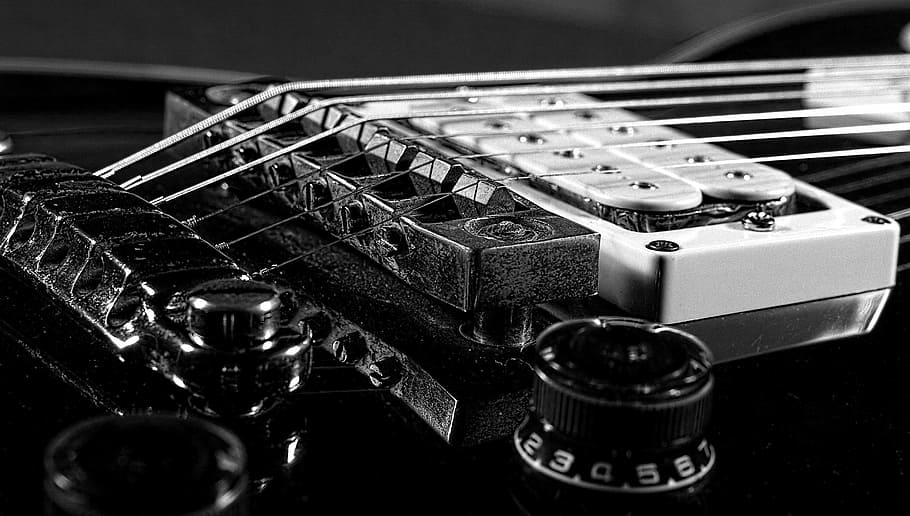
Experimental Musical Instruments
These days we’ve come to understand and learn how to play instruments that have been around for many years, some as old as flutes and drums, others a bit more new like the violin and the piano, to the more modern ones such as electric guitars, synthesizers and computers.
The origin of how every instrument came to be is always fascinating, to think that people eventually found out that wind could make sounds that were as pleasing as a bird singing, or that tensing strings could allow for new melodies and sounds when you strum and press the strings in different ways, or even the endless possibilities of computer algorithms and samples in the digital domain.
After thinking a little about the history of certain musical instruments, one starts to wonder, where do we go from here? well we are going somewhere and there are already strange ideas being put to the test by musicians, luthiers, producers, engineers and pretty much everyone interested in music that wishes to expand the possbilites of the existing instruments or even create new ones.
Experimental Frankensteins
One of the most fun things to see and listen is how some musicians take it a step further with their instruments, allowing for combinations that blow our minds in new ways.
One of the most famous experimental instruments is the American Fotoplayer, used for circus music and classic cartoons.
Joe Rinaudo performing at the American Fotoplayer “Entry of the Gladiators” By Julius Fučík (1897)
Another good example to get a grip on this idea of a “Frankenstein musical instrument” is Muse’s Matt Bellamy’s Manson guitar, which has been outfitted with a kaoss pad to extend the range of sound manipulation on his guitar.
Now it’s important to know what is a kaoss pad, and why is it so special when it’s combined with an electric guitar. The Korg Kaoss pad is an audio effects interface with a touch pad that allows the manipulation of sound including pitch, loops, distortion, delay and many other sounds.
Many of these ideas come from strange combinations, and some take it further like Jon Rose’s “El Lubricato”, which is not very popular by any means but it gives an interesting insight to what “Experimental” in musical instruments development could mean.
He says:
I found the Ikea table on the street, cut it in half (as one should) and added an ex-oil drum as a resonator (gift of Paul Bryant). The course of strings in the lower half of the instrument were added later after some experimentation with bowed rods proved unsuccessful. The powered bow wheels are inspired by ancient hurdy gurdy technology, and were cut by local violin maker Harry Vatiliots. Sound is from the camera microphone, there are no electronic effects.
There are also minor experimentations with unusual materials such as using carbon fiber for the guitar body or basic modifications to instruments.
New Instruments
When it comes to new instruments, the most recently recognized musical instrument is the turntable, which was invented around the late 20th century going through a fase of experimentation since the 1930s until it was really established in the 1990s. This came to be a big step in music as it relied on sound manipulation rather than producing it. This became a big staple of hip hop and electronic music which then led to sampling with computers and a greater range of sound manipulation.
However while most instruments today involve some sort of digital or electronic device, there also some that don’t.
One of them is the steel pan, which is fairly recent and has gotten very popular the last few decades, due to how accessible it is, versatile and melodic, despite being a drum.
The Eigenharp is also a new instrument that is getting some popularity these days. This is a strange instrument that combines synthesizers, drum machines, and sequencers in an a single musical instrument that can be played like a guitar, keyboard, a wind instrument. While it does need to be plugged in, it’s an interesting hybrid and a good idea for the future of music.
